Beetroot juice will give you the runs of your life
A certain Canadian marathoner (let’s call him “Reid C.”…No, that’s too obvious…Let’s say “R. Coolsaet”) has trained for months leading up to a big marathon. He’s running very well through the first half, and is on pace for a personal best time. But just past halfway…uh oh. He feels something no runner wants to feel mid-race. He has to go. You know…#2. With no porta-potty in sight, he quietly ducks behind an electrical box and does his “business”. Luckily (and impressively), the stop doesn’t take long and he is back running in no time. He grits it out until the end and still comes away with a personal best time!
So what happened to our unidentified marathoner friend? Did he eat too much spicy food the night before the race? Did a rival competitor spike his sports drink? And how did he still manage a personal best even with the pitstop?
This particular marathoner, along with many of his marathoner friends, has started to experiment with an exciting new performance enhancer: Beetroot juice. It’s fully legal and natural, and there has been a ridiculous amount of good research done in the past 5 years that indicates it will improve performance. As you can glean from the above story, the evidence is so convincing that many runners are willing to risk some rather “unfortunate” side effects to get that extra edge!
So how does it work? What would drive an athlete to take such risks? Jamie Whitfield, a PhD student at the University of Guelph who is currently researching beetroot juice and other ergogenic aids, gave this summary:
“Beetroot juice is a dietary source of nitrates, which are broken down in the mouth and stomach to become nitric oxide. Nitric oxide expands blood vessels and increases blood flow. But what’s really impressive about beetroot and dietary nitrate supplemetation is that it lowers the amount of oxygen you need to run at a given intensity.”
Why is that so impressive? Well, the amount of oxygen needed to work at a certain intensity is normally constant. It’s not affected by age, exercise training, or even erythropoietin (EPO) use!
In short, beet root juice can help you run faster, or run longer without tiring. So it has implications for the runner looking to improve on a 5k time, as well as the runner looking to complete a marathon! Check out this video if you want more information or if you’d rather not read any more.
How much beetroot juice do you need? And where can you get it? The usual dose is 500mL within 2-3 hours of exercise. You can buy beetroot juice at many local health food stores, or you can try to make your own at home. If 500mL sounds like too much, a more manageable alternative is available from a company called Beet It. It contains the same amount of nitrates in a much smaller amount (70mL). And if you really don’t want to get technical, simply include more nitrate-rich vegetables in your diet: beets, spinach, lettuce and celery.
One final piece of good news for those runners who may not be aiming for Rio 2016: It seems like beetroot supplementation helps recreational runners more than it helps elite runners! Studies using recreational athletes have consistently found improvements in exercise efficiency and performance, whereas studies using highly trained athletes haven’t always found positive results. It seems that elite athletes may already have higher levels of nitric oxide “precursors” in their body, so supplementation may not have the same effect. And in case you’re worried about some of the side effects: Not everyone who takes beetroot juice experiences issues like our friend RC (whoever he is). Just make sure that you try it out in training first and see how your stomach handles it. From there, get ready for some seriously good runs!
Next time: Some cool information about winter running!
Reference:
Bailey SJ, Vanhatalo A, Winyard PG, Jones AM. The nitrate-nitrite-nitric oxide pathway: Its role in human exercise physiology. Eur J Sport Sci. 2012;12(4):309-20.
Thanks to Reid Coolsaet for letting me share his story from the 2011 Scotiabank Toronto Waterfront Marathon. Reid and fellow Speed River athlete Eric Gillis both used that race to qualify for the London Olympics.


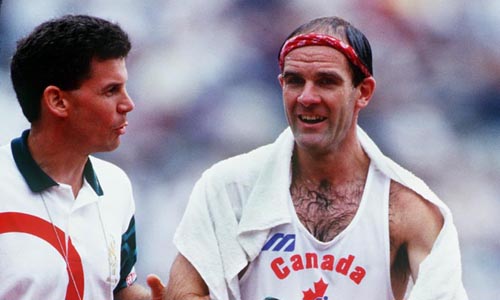
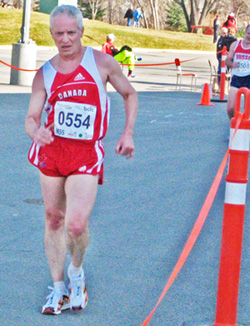 By: Nikki Reiter
By: Nikki Reiter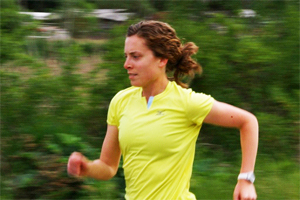


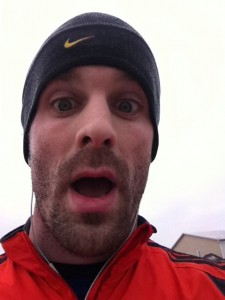
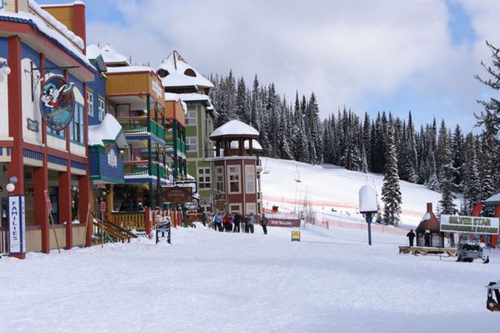
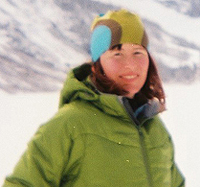 Born in Nova Scotia and emigrating to British Columbia via Ontario and Alberta, Magi has been running the entire way. Primarily defined as a cross country ski racer, Magi has competed nationally and internationally in that sport. The highlight of her career was competing in the World University Games and the World Cup races in Canada in 2007. Cross country skiers rely heavily on running for cross training and Magi has become an accomplished trail and mountain runner, representing Canada at the World Mountain Running Championships in 2005 and the winning numerous national championships medals.
Born in Nova Scotia and emigrating to British Columbia via Ontario and Alberta, Magi has been running the entire way. Primarily defined as a cross country ski racer, Magi has competed nationally and internationally in that sport. The highlight of her career was competing in the World University Games and the World Cup races in Canada in 2007. Cross country skiers rely heavily on running for cross training and Magi has become an accomplished trail and mountain runner, representing Canada at the World Mountain Running Championships in 2005 and the winning numerous national championships medals. 

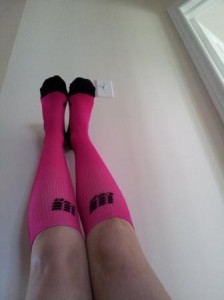








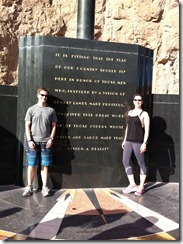


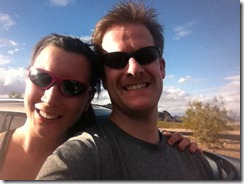
 Our Magazine
Our Magazine
